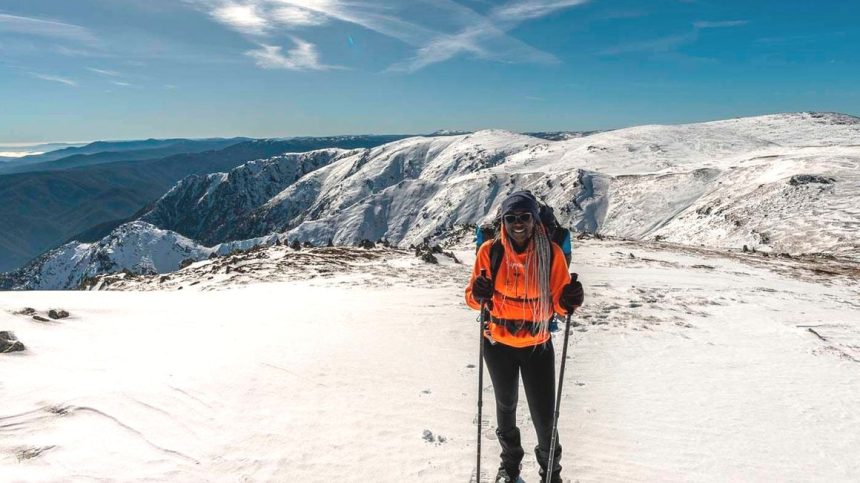As you comfortably read this in your office or jammed in the city’s notorious morning traffic, Liz Wanjira is probably lying somewhere on a physiotherapy table with knocked-off knees needing serious attention.
I meet her in one of Nairobi’s diplomatic hubs, two days before she embarks on a fitness endurance challenge of summiting the 5,199-metre Mount Kenya in a day rather than the average three-five days.
“It should not be a problem, my conditioning at this very point is on another level. This will be my 14th time taking on Mount Kenya, I will be walking pretty much fast, ” the trained accountant says bursting into a loud hysterical laugh.
She then carefully adjusts her blue-framed glasses, neatly crosses one leg over the other, folds her arms and allows that to sink in.
With an infectious smile not wearing off, she radiates the right kind of energy, giving the vibe of an outgoer’s outgoer.
“When I started, I would do a three-day hike of Mount Kenya but because my fitness has since improved, nowadays all I do is pop-ups. That is get there in the morning when the gates open, hike to the summit and descend. In a nutshell, what most people will typically do in three, four days, I do it in 11 hours.”
With the gates opening by 7 am the journey to the top begins, she should be summiting at 1 pm and exit by 5 pm.
The first time she took on the second-highest mountain in Africa, was in 2016 where she spent five days before she could summit. But now a pro, it’s easy-peasy.
Ms Wanjira says when she started hiking it was all about the fun experience but once the adrenaline kicked in, the physical challenge experience became opium.
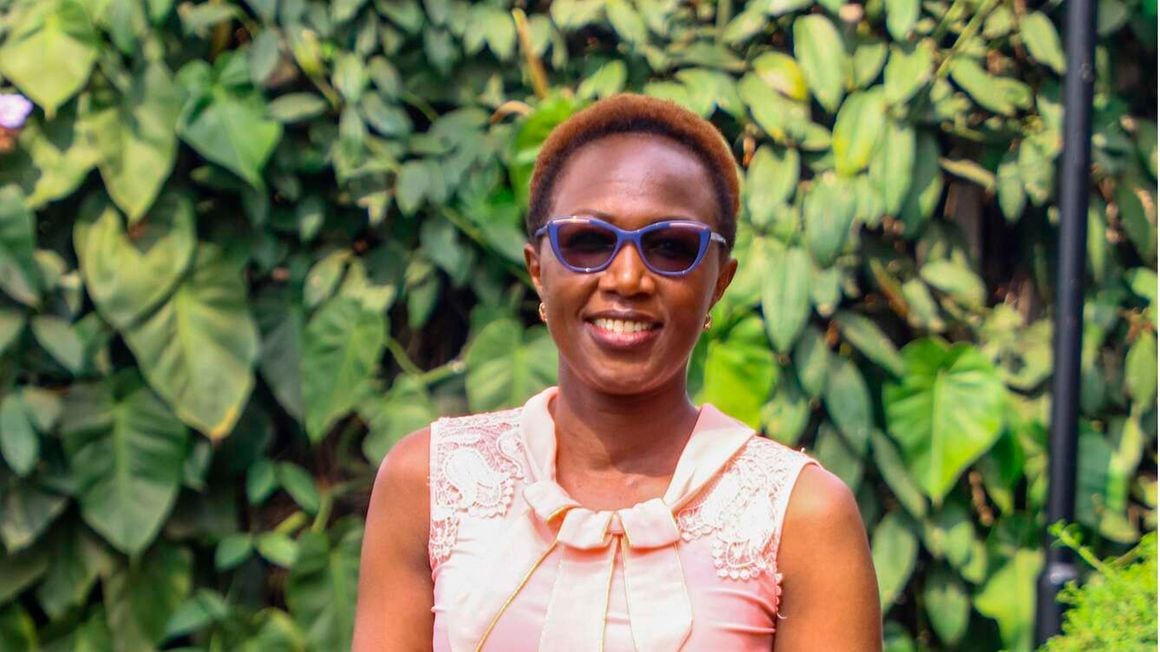
Liz Wanjira, hiker and fitness enthusiast poses for a photo during an interview at Upper Hill, Nairobi on July 27, 2023. PHOTO | WILFRED NYANGARESI | NMG
“When you go for several days you will enjoy the mountains because of the group of people, the camps, the bonfires, having dinners and laughing over it but my new way of doing this is to challenge my body’s level of fitness.”
For such a challenge, Ms Wanjira won’t be carrying the same load as she would have for what she describes as a ‘polite hike’— several days hike.
“To avoid being exhausted early, my backpack will be very light because I will be moving at a faster pace. I will carry a litre-and-half of water that I will go refilling along the way on the mountains rivers.
There will be a small snack, usually bananas and a soda and a small pack of biscuits for energy. If I was doing a polite hike, I would carry more foodstuff but the goal is not to go and enjoy.”
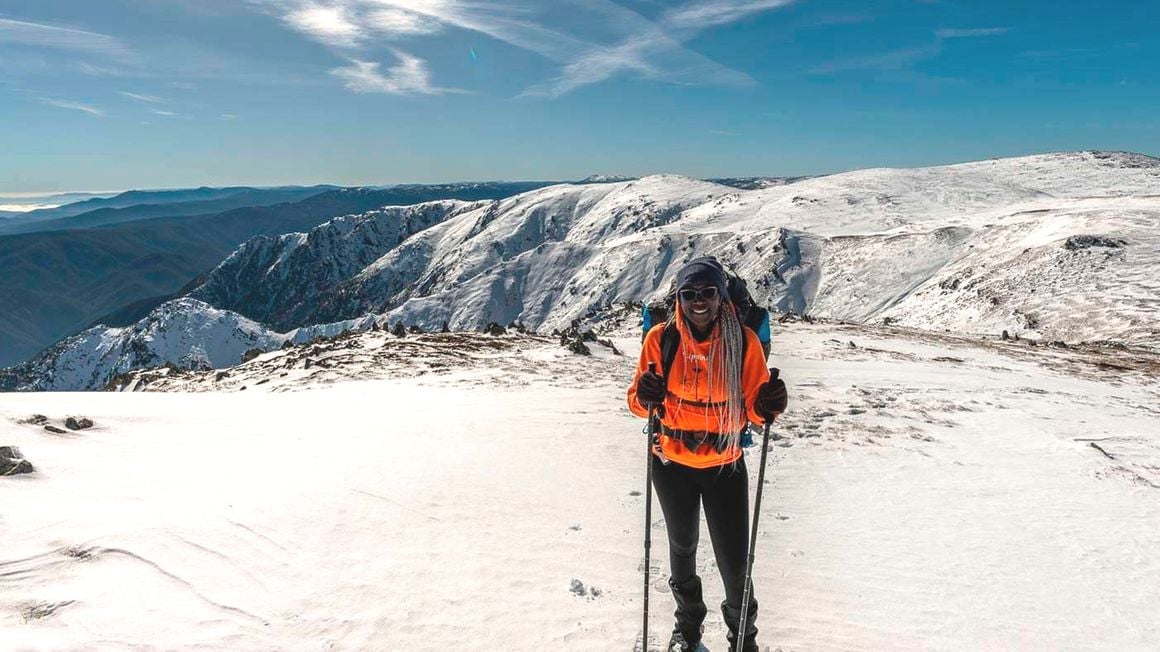
Liz Wanjira, hiker and fitness enthusiast at the Australian Alps on May 2023. PHOTO | COURTESY
Listening to the svelte and sophisticated Ms Wanjira who is in her late 30s, “Kindly don’t indicate my age” (pleads), she carries herself with military rectitude, devoting much more than the soda and biscuits energy but also hundreds of thousands of shillings now running into millions, to staying fit through these hikes.
“It’s quite a costly adventure but I would rather go hiking in the mountains than save up to go to Mombasa for a holiday. My vacations are on the mountains (laughs), I just returned from Australia where I summited Mount Kosciuszko,” she says.
For the last eight years, she has divided her life into chunks of hiking and saving up money to go hiking.
“A six-figure salary is probably nowhere near in my future but I somewhat live frugally, saving as much as I can, something that has become so normal to me that I really don’t question it anymore. Hiking budgets are top of my list of priorities, I love it and investing in oneself is key,” says Ms Wanjira.
Mount Kosciuszko is the tallest mountain peak in mainland Australia standing at 2,228 metres (7,310 feet).
A cheap return ticket from Nairobi to Sydney, Australia, will drain your pocket of Sh300,000. You will then have to take a one-and-half-hour flight or spend three hours on the road to Canberra to connect to the mountains. Covering the same distance by train will have you sitting tight for four to five hours.
A three-day hike of Mount Kilimanjaro needs a budget of Sh70,000 and about Sh100,000 to do the Rwenzori Mountains in Uganda.
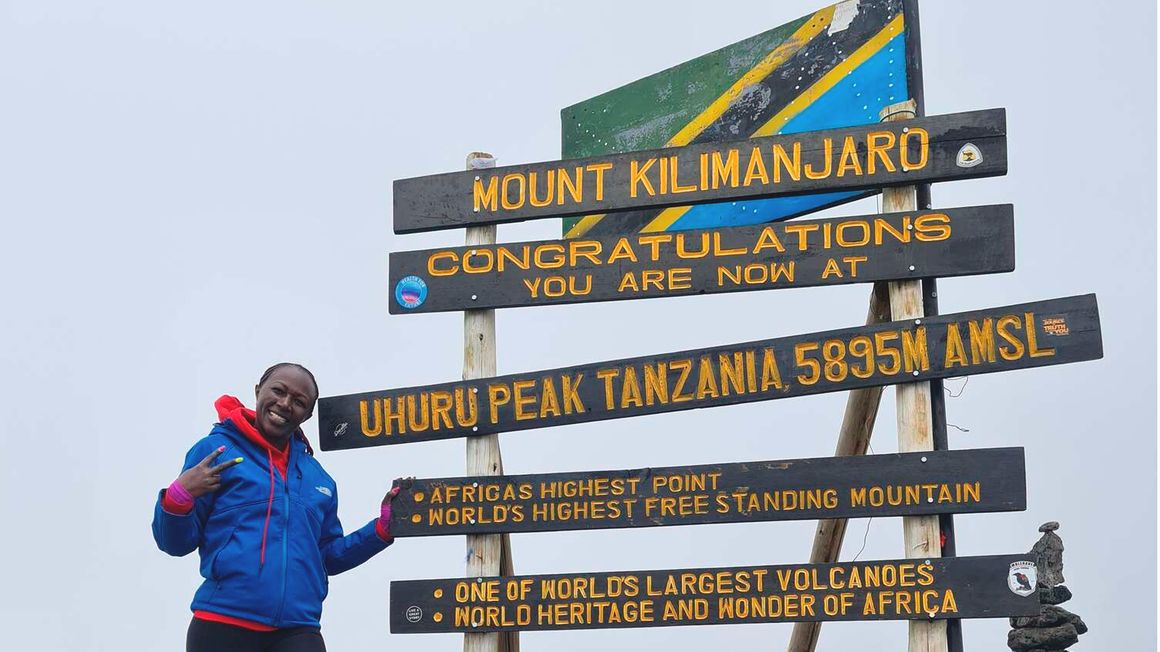
Liz Wanjira, hiker and fitness enthusiast at the Mt Kilimanjaro Summit in Aug 2021. PHOTO | COURTESY
There is also the issue of hiking gear that cost quite a coin, depending on the mountain.
“For example, when I did the Rwenzori Mountains in 2019, I had to wear a harness, the crampons because of climbing on snow and in some places on dry ice and on the rock as well,” says Ms Wanjira.
On some treks, she has used micro-spikes. Crampons and microspikes are both types of added traction that strap over one’s hiking boot to help one navigate on snow and ice with ease. A pair of these costs between Sh3,500 and Sh10,000.
“For the boots, you will have to invest heavily. A brand new Salomon boot is over Sh30,000. Option to that is second hand one, which would cost you half as much, this is the best option that works for regular hikers like myself who have to buy new gears frequently,” she says.
A rain Poncho is yet another gear that never misses with the best quality priced at Sh3,000 and a small tent enough for two that costs between Sh7,000 and Sh10,000.
Liz’s best hike was in Uganda.
“The Rwenzori Mountains remain my best hike because it was the most challenging. It was over a period of seven days, the Rwenzoris are vast, and a range of mountains is very challenging because of the weather. It almost always rains, chances are that 90 percent of the time you will be rained on.”
The reason Ms Wanjira opted to do the Australian Alps is to at least have bragging rights among the hiking tribe.
“Mount Kosciuszko is the highest point in Australia, it’s also arguably one of the seven summits of the world that most diehard hikers peruse to have a feather in the cap,” she says.
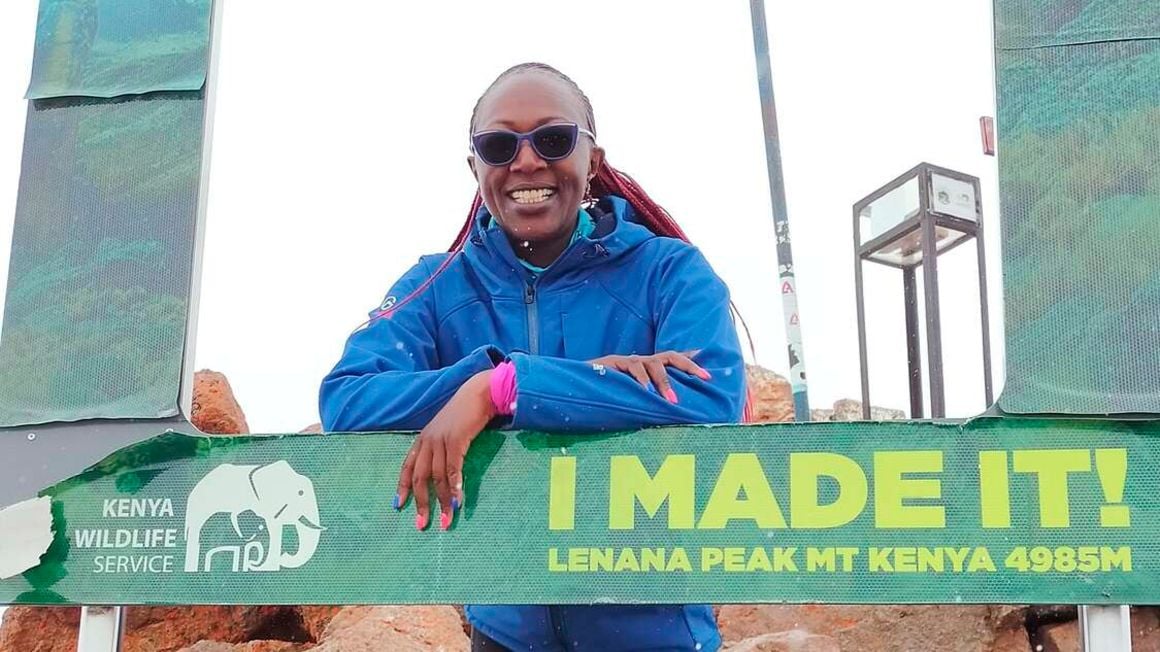
Liz Wanjira, hiker and fitness enthusiast at the Mt Kenya Summit in December 2022. PHOTO | COURTESY
The seven summits are the highest mountains in each continent, Mount Elbrus, Russia, Mount Everest in Europe, Nepal in Asia, Aconcagua in Argentina – South America, Mount Denali in Alaska, North America, Mount Kilimanjaro, Tanzania (Africa) and Mount Vinson in the Antarctic.
“So now I have done my two Mount Kosciuszko and Mount Kilimanjaro, which I have done thrice in 2018, 2020 and 2022,” she says.
Despite hiking on some Alps more than once, Ms Wanjira says the challenge never gets boring.
“When you start repeating these mountains, you start looking for variations. For instance, what we did the last time we were at Mount Kilimanjaro was camp at the top, explored the crater and spent a night there, which most people rarely do because of the high altitude and extreme cold temperatures. That’s why most people never summit,” she says.
She will be hiking Mount Kilimanjaro again in August. Since 2016, Ms Wanjira has done more than 40 mountains.
“Of those my best have been the Rwenzoris, Mount Kenya, and Satima mountains in the Aberdare, I quite enjoyed Mount Kosciuszko because it was different it was all snow something you don’t get here, camped there for two nights in extreme cold temperatures of negative zero, and Mount Kilimanjaro.
Once she ticks Mount Kilimanjaro, the next task will be to make it to the camp level of Mount Everest.
“I don’t intend to summit, just get to the camp level. It’s the most dangerous mountain where people die every other day. Besides, it will cost you about $60,000 (Sh8.5 million).
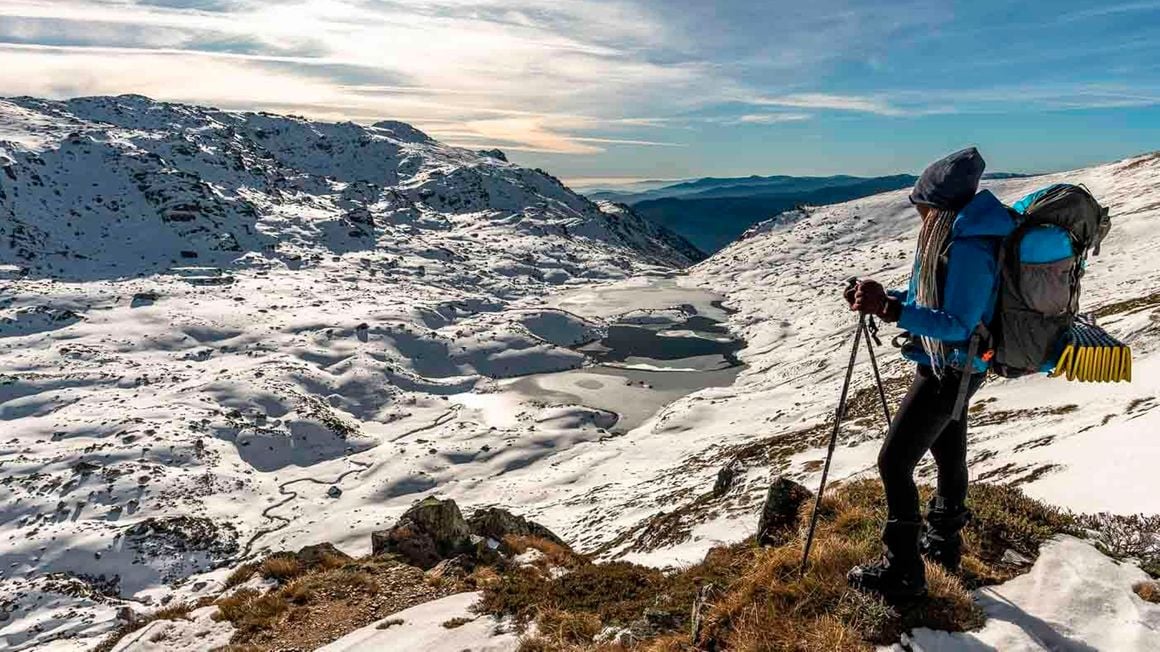
Liz Wanjira, hiker and fitness enthusiast at the Australian Alps in May 2023. PHOTO | COURTESY
After every hike, Ms Wanjira pays her physiotherapist a visit to align her joints.
“The knees will always be a bit buttered because of the descent that will have you keep breaking the move to avoid falling. That ends up weighing heavily on the knees and you might want to use a physio,” she says.

